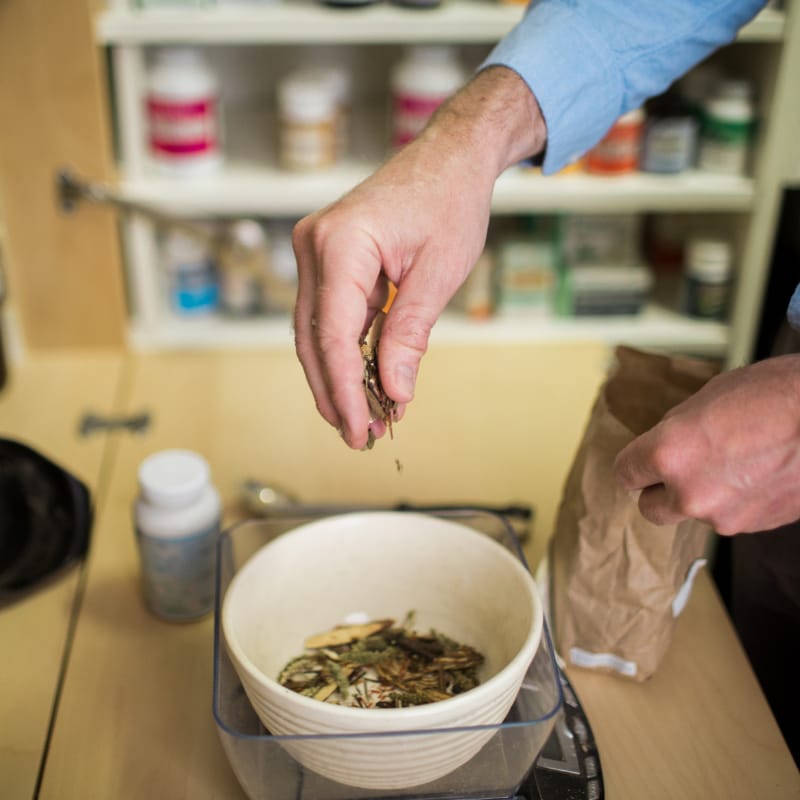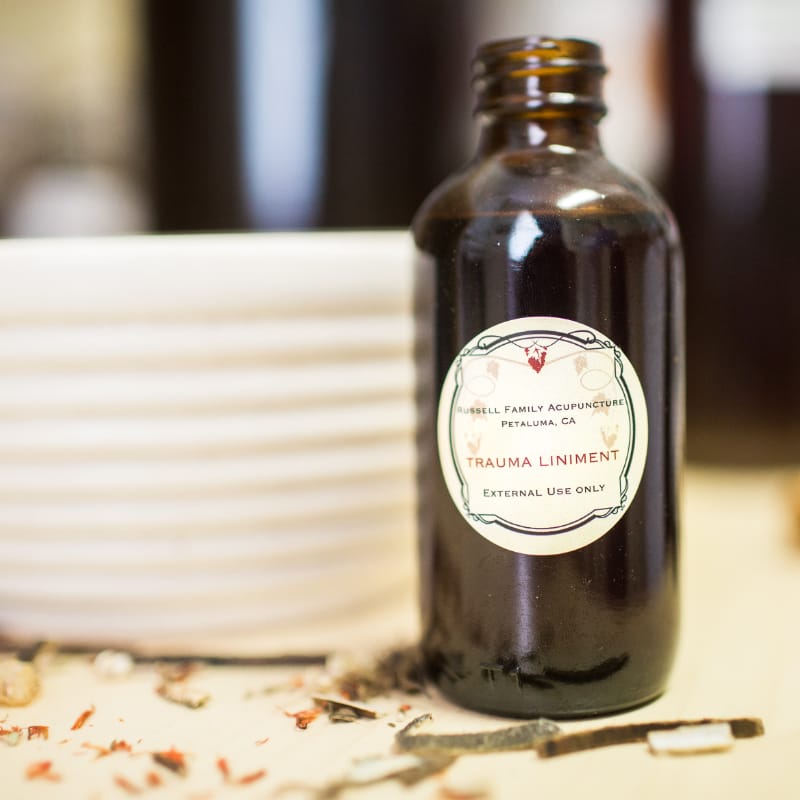Herbal Medicine
Chinese Herbal Medicine
at Russell Family Acupuncture
Herbs and Herbal Formulas to Strengthen Organ Function and Support Good Health
In Traditional Chinese Medicine, herbs are chosen based on how they affect the body as a whole, not just their individual chemical components. Formulas are designed to support key systems like circulation, digestion, immunity, and the nervous system. This whole-body approach helps guide the body back toward balance and natural healing.
Chinese Herbal Medicine is used in conjunction with acupuncture, whenever appropriate, to support the healing process. Natural, time-tested formulas customized to restore balance, enhance healing, and support long-term wellness.

A Healing Tradition with Thousands of Years of History
Chinese Herbal Medicine has been used for over 2,000 years.
Herbs are prescribed as formulas that were developed through careful clinical observation and refined over centuries. The formulas are tailored to a specific, individual Traditional Chinese Medicine diagnostic pattern to meet the medical needs of each patient.
Today, we combine this ancient wisdom with modern research to create treatments that are both time-tested and evidence-informed.
Conditions That Herbal Medicine Can Help
Chinese herbal formulas are a vital component of TCM.
At Russell Family Acupuncture, we use Chinese Herbal Medicine as a complement to acupuncture to treat both acute problems and long-standing chronic conditions.
Patients with many different symptoms can be treated with herbs, including:
Pain • Allergies • Digestion • Trouble Sleeping • Stress • Fatigue • Hormonal Issues • Immune Health • Respiratory Issues • Anxiety • Depression • Frequent Colds or the Flu


Personalized Formulas at Russell Family Acupuncture
Formulas tailored specifically for your needs.
Every herb formula in our clinic is customized based on your symptoms, tongue and pulse diagnosis, and overall constitution. As healing progresses the formulations are adjusted to support the process. We use high-quality, lab-tested herbal extracts to ensure safety, purity, and effectiveness.
Whether you’re dealing with pain, stress, digestive issues, or chronic health concerns, personalized herbal medicine can help you heal more deeply and feel your best.
